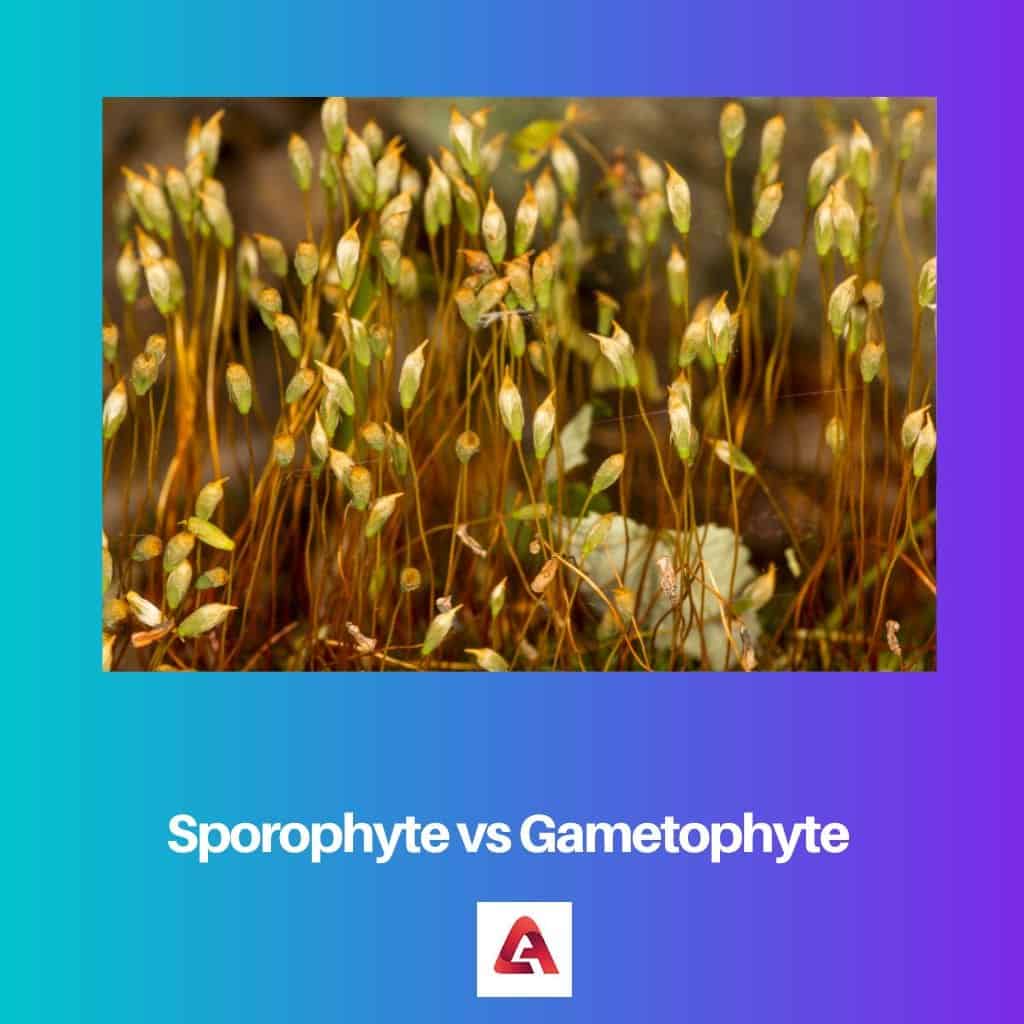When looking for the treatment of respiratory problems like colds, coughs, infections, or any sort of allergies and looking for medications, expectorant and decongestants are some common terms.
What is most important for the patient to understand while taking these medications is that they do not cure any underlying illness, but they do help in relieving the symptoms and reduce the inflammation caused by the illness in the respiratory system.
Key Takeaways
- Expectorants help thin and loosen mucus in the respiratory tract, making it easier to cough up.
- Decongestants constrict blood vessels in the nasal passages, reducing swelling and congestion.
- Expectorants are used for productive coughs, while decongestants are used for nasal and sinus congestion.
Expectorant vs Decongestant
The difference between expectorant and decongestant is the part of the respiratory system they treat particularly. Decongestant is given when there is swelling in the nasal passage, gives relief to a stuffy nose, headache due to sinus, or difficulty in hearing due to excess phlegm. Decongestant makes that phlegm run faster to make it easier to spit or expel from the system.

Expectorants can be natural ingredients, too, basically any ingredient that helps clear the mucus from the airway and doesn’t let breathing obstruct.
Decongestants are medicines used for treating problems with the respiratory system. They are used while facing the problem of a stuffy or blocked nose.
Comparison Table
| Parameters of Comparison | Expectorant | Decongestant |
|---|---|---|
| Mucus or phlegm | Expectorant attacks on the phlegm but not in the nose or throat but that present in the throat. | Decongestant helps loosen the mucus and phlegm present in the throat and the nose. |
| Drug | Medication of expectorant is derived from the drug named guaifenesin. | Drugs used in the medication of a decongestant are- pseudoephedrine or mild phenylephrine. |
| Alternatives | Syrup of ipecac has been used for a long in the place of an expectorant. | In place of decongestants, exposure to strong spices, onion, or even snorting salt water is used. |
| Side effects | Side effects after taking expectorant can be vomiting, stomach ache, skin rash, nausea, etc. | Side effects after taking decongestants can be irritation, dryness, burning sensation around the nose, etc. |
| Treatment | Expectorant reduces the thickness of the mucus, which further makes it thinner for the airways in secretion. | Decongestants are used while having congestion. |
What is Expectorant?
Expectorants are sold in the market as a standalone drug and as an ingredient too for all-in-one cold or flu medications. When people have a cough that is producing mucus, expectorants are given to the patient as it gives relief in that area.
After loosening the mucus, expectorants make it easier for the person to secret the phlegm through cough, which clears out the throat.
What is Decongestant?
Decongestants are used while having congestion in the chest. They are used when having a cold, fever, flu, or any sort of allergies quite commonly.
Decongestants are used while having congestion. Congestion can be caused due to several reasons like cold, flu, high fever, sinusitis, and rhinitis.
Main Differences Between Expectorant and Decongestant
- Side effects after taking an expectorant can be vomiting, stomach ache, skin rash, nausea, etc., while side effects after taking a decongestant can be irritation, dryness, burning sensation around the nose, etc.
- Expectorant reduces the thickness of the mucus, which further makes thinner for the airways in secretion, while Decongestants are used while having congestion.





